Wildlife photography is one of the most rewarding kinds of photography you can do, capturing nature in some of its rawest and beautiful forms. Whether you’re looking to capture that elusive animal in the wild or photograph the behavior of wildlife local to you, various wildlife photography tips and techniques can help you in the field.
Table of Contents
In this article, we’ll discuss the fundamentals of wildlife images, from selecting the right gear to mastering camera settings, composition, and ethical considerations.
1. Choosing the Right Gear
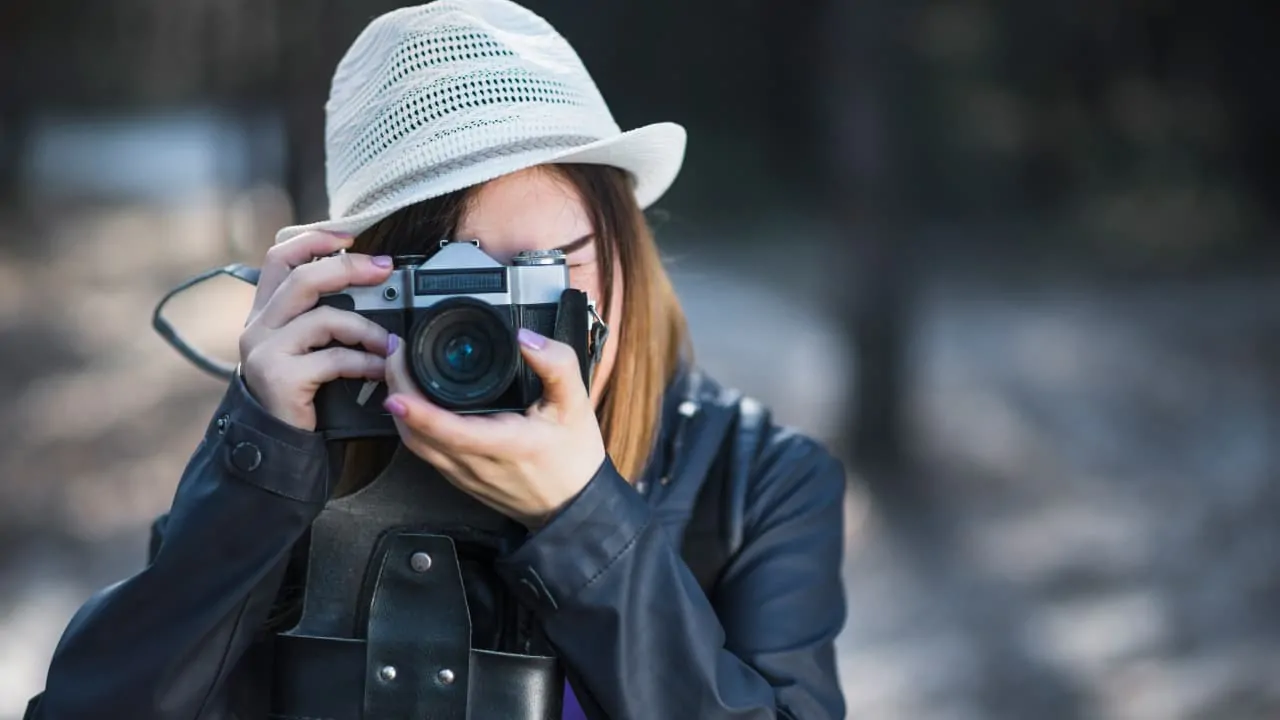
Having the proper gear can drastically impact how great your wildlife images will be. You won’t necessarily need the most expensive gear, but to achieve success, the right tools are critical.
Types of Cameras
For wildlife photographers, DSLR and mirrorless cameras are the most popular options. DSLRs provide good autofocus and battery life, whereas mirrorless cameras are typically lighter and smaller, with fast autofocus and high image quality.
Lenses
A long lens is needed for wildlife photography so that you can photograph animals without getting too close and bothering them. A telephoto lens, usually 200mm to 600mm, provides a close-up view of animals in their habitat. A fast lens (one with a wide aperture) is also useful for low-light situations.
Accessories
A stable tripod is ideal for steadying the camera to safely shoot at slower shutter speeds, particularly for landscapes or subjects that are not in motion. Extra memory cards and batteries are critical, too, because wildlife shoots can easily stretch for hours, and you don’t want to run out of storage or power.
2. Understanding Lighting
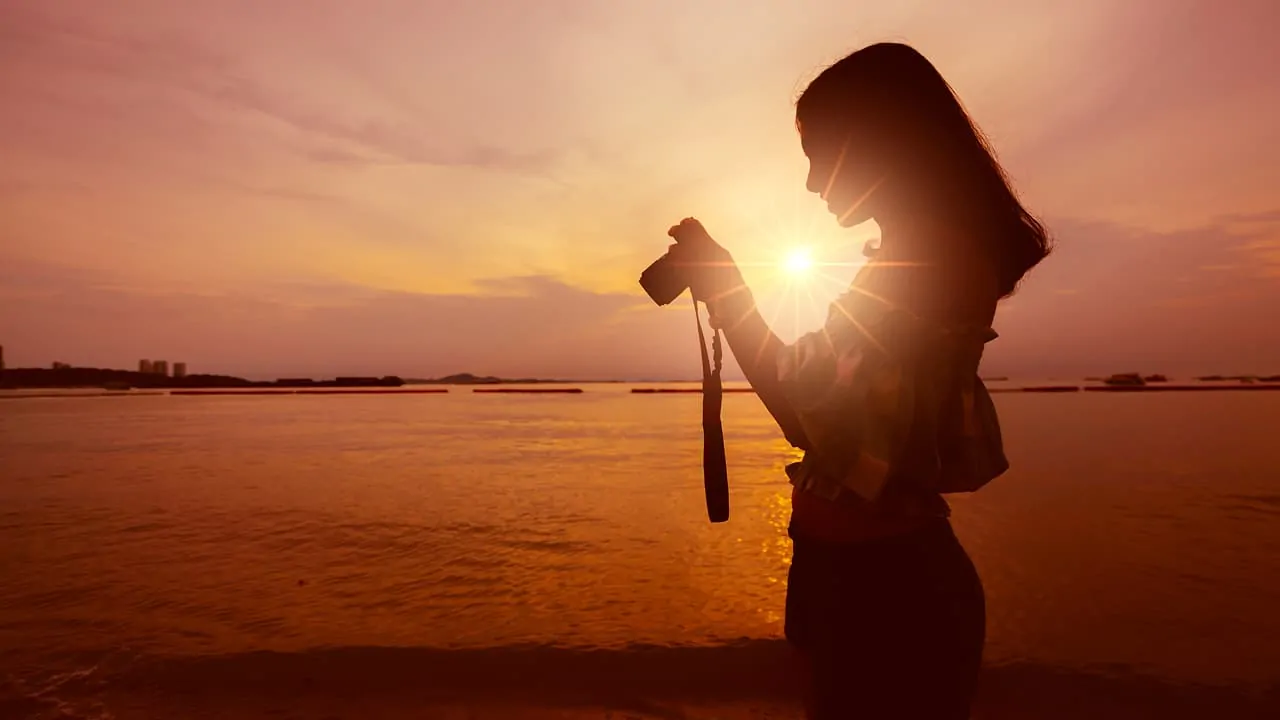
When it comes to wildlife photography, lighting is of the utmost importance, and learning how to use it to your advantage will take your images to the next level.
Golden Hour
Early morning and late afternoon light (golden hour) is the best light for wildlife photography. The gentle, warm light at these times produces flattering shadows and highlights that make your photos pop with depth and richness. These hours are also when most animals will be most active, providing a better chance of taking action shots.
You Might Like to Read: Family Safaris in East Africa
Shadows and Overexposure Management
Bright midday sun can cause heavy shadows on one thing and overexpose highlights on another, which can degrade the quality of the picture. Adjust your camera settings to avoid overexposure if you’re shooting in bright light, or use the body of the object, like a tree or building, to create natural shadows.
3. Camera Settings to Use When Photographing Wildlife
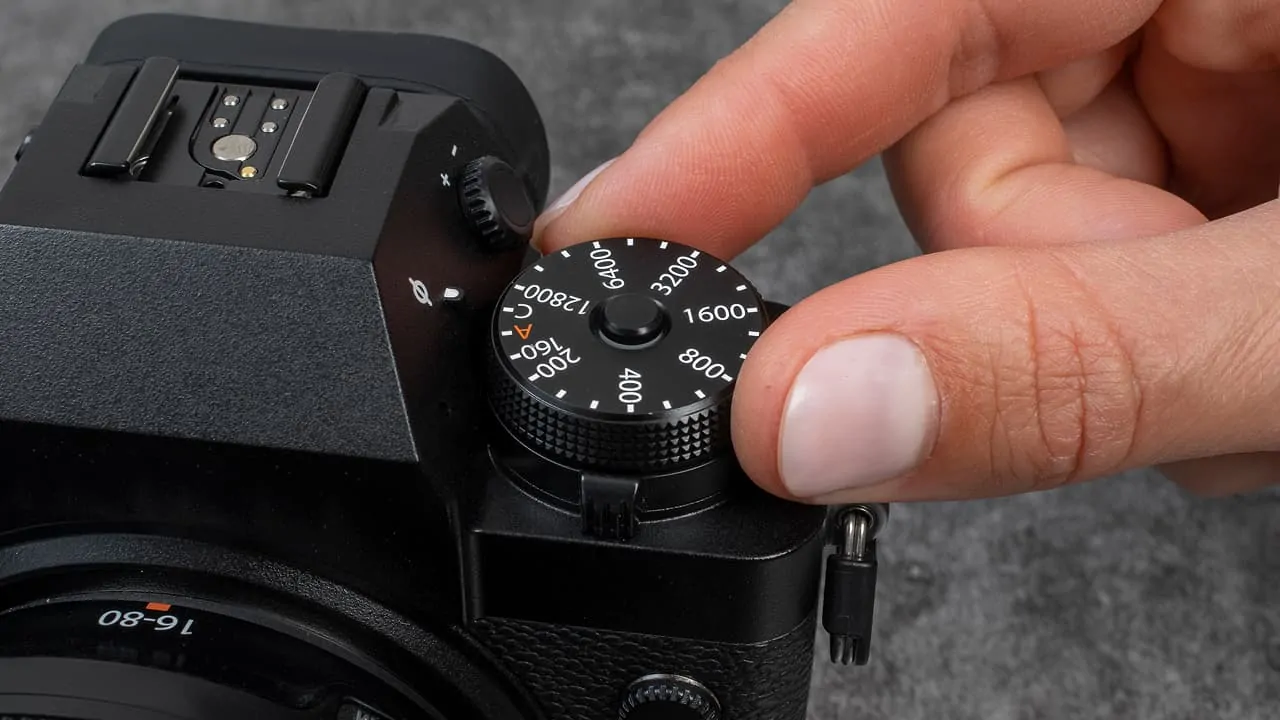
A good selection of camera settings is essential to avoid blurry, over-exposed wildlife photographs, particularly when animals are in motion. As part of the initial setup for any camera, there are a few must-have settings to be made.
Shutter Speed
To freeze the motion of animals, fast shutter speeds (1/1000 or faster) are needed to capture action images. This is particularly vital when shooting flying birds or running mammals.
Aperture and Depth of Field
Use a large aperture (f/2.8 to f/5.6) if you want a shallow depth of field that removes background elements and isolates the animal. This causes your subject to pop against the background, which is typically the goal, and blurry.
ISO
In dim light, you might have to crank up your ISO number to be able to shoot with a fast shutter speed. That said, watch out for noise at those high ISO values. A good way to do it is to keep a balance between shutter speed and ISO and make sure that you don’t lose image quality.
One of the most overlooked wildlife photography tips is to shoot in manual mode when you can—it gives you full control and ensures consistent exposure throughout a shoot.
4. Composition and Framing
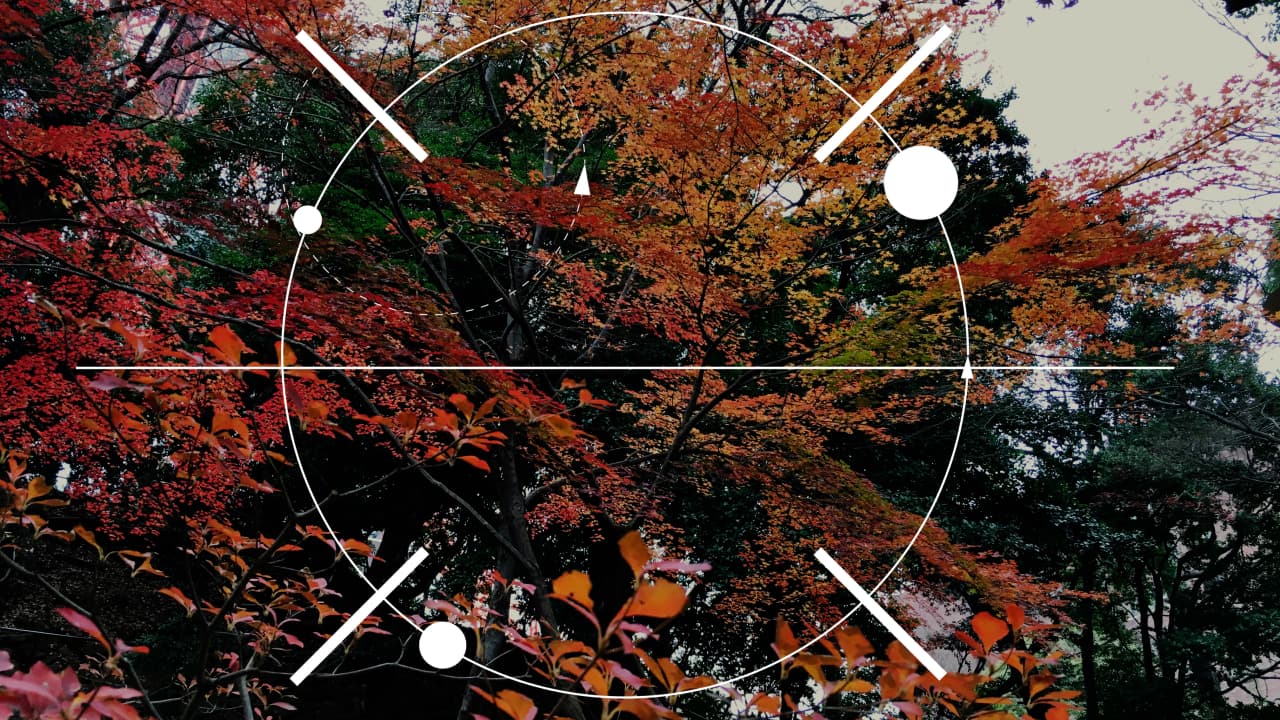
Technical settings matter, of course, but composition is what will make your wildlife photos stand out. Here are some wildlife photography tips to help you create beautiful compositions.
The Rule of Thirds
The rule of thirds is one of the basic yet powerful techniques that make your photos balanced and interesting. Picture splitting your frame into nine equal parts by two vertical and two horizontal lines. Position your subject along these lines or at the intersections to create a more dynamic composition.
Composition
Look at the background and the foreground. A background that is busy or distracting can detract from your subject. Seek out simple, natural backgrounds that work with the animal’s environment. Things such as trees or grass can be used to frame your subject, making the shot better.
Capturing Movement
Wildlife picturization means action. For moving subjects (the running animal, birds soaring), try a slower shutter speed to capture movement. A little bit of blur can suggest motion and energy, giving the photo more life.
You Might Like to Read: The Best National Parks and Game Reserves in Kenya
Focus on Behavior
Photograph animals interacting with their environment or doing something that a viewer can relate to. Such shots tend to carry more power than staged or still photos and can convey a narrative about the animal.
5. Ethical Wildlife Photography

Maybe one of the most important things when you do wildlife photography is not harming the animals or the nature around you. For the safety of the wildlife and their habitats, ethical practices are paramount.
Respect Wildlife
Keep a safe distance; please never disturb wild animals. Never get too close to wildlife; it can cause stress and make them run. Use long lenses to get in close without encroaching on their territory. What not to do on a Safari in Africa includes approaching animals too closely or interfering with their behavior for the sake of a photo.
Minimize Disturbance
Don’t yell or make other loud noises, and don’t make quick movements that could alarm animals. These are, after all, their home, and out of respect for their natural behaviour, you should keep that in mind. Whether you shoot birds or mammals, always respect their distance and keep them comfortable.
Protect the Environment
Do not destroy plants, trees, or the surrounding habitat while traveling. Stick to established trails and engage in non-invasive photography that won’t impact the local ecology.
Following ethical wildlife photography tips ensures that you’re preserving the moment and the environment for others to experience, too.
6. Post-Processing Tips
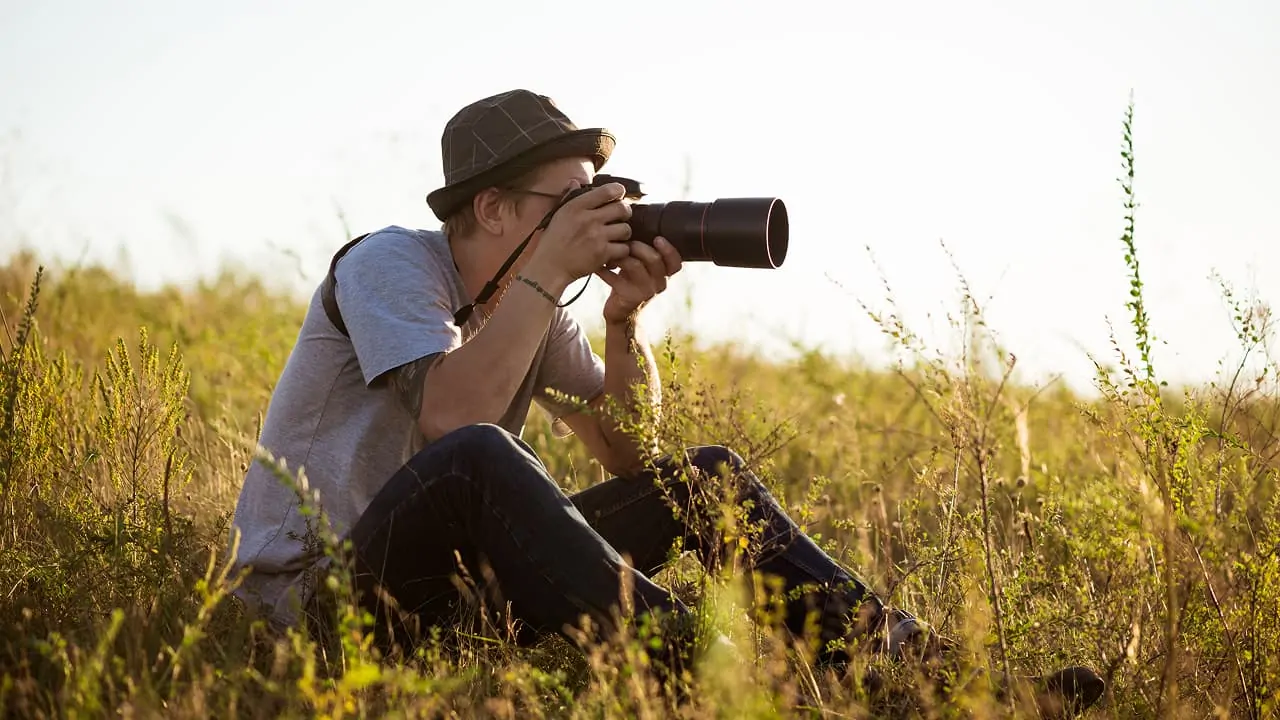
It also means post-processing your photo, an integral aspect of wildlife photography, to improve your photo, regardless of how minor the issue is (exposure, color balance, etc).
First edits
Correct exposure and contrast cases, and white balance in the image so the picture shows the same light or natural colors as you saw in the natural habitat.
Sharpening and Noise Reduction
Use mild sharpening to bring out texture in an animal’s fur or feathers. And, if images are shot at high ISO settings, use noise reduction tools to minimize “grain.”
Cropping
Crop the image, if needed, to enhance composition, but avoid cropping too much. Pay attention to the framing and do not crop a part of the animal’s body unless you want to do so for artistic reasons.
7. Common Mistakes to Avoid
Wildlife photography is tough, and even seasoned photographers make mistakes. Here are some common mistakes to avoid:
Not Enough Exposure
Too much exposure can cause highlight details to wash out when shooting in bright conditions. Make sure you check your exposure settings and play around with a graduated ND filter if the light is too harsh.
Poor Timing
Wildlife is often fast-moving, and timing is crucial. Ensure your camera is in advanced shooting mode, and then be patient. It may take time to nail that perfect shot.
Not Being Prepared
Sometimes, the best wildlife shots are the ones you get when you least expect them. Keep your camera always ready, and ensure you have your settings figured out for the conditions. If you are in an area known for particular wildlife, try to learn about the way they behave and what their patterns are to better your chances of getting them in action.
You Might Like to Read: Myrtle Beach Safari
Being prepared is one of the most timeless wildlife photography tips because, in the wild, moments happen fast.
Conclusion
Wildlife photography is perhaps the only type requiring patience, preparation, and respect for nature. With a knowledge of your equipment, the fundamentals of your camera settings, and an ethical approach to wildlife, you can create breathtaking photographs that tell compelling stories about our world. So, practice, and never forget to learn.
As a result, you will have your unique style, which, with time and persistence, will capture the beauty and majesty of the wild in ways that convince others to appreciate and protect the most amazing creatures on Earth.
Happy shooting!
